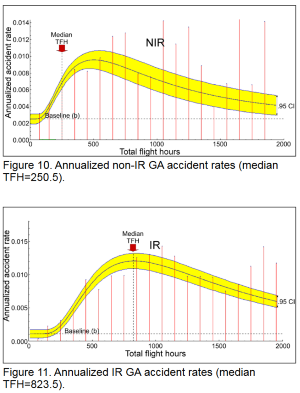Experienced pilots (e.g. those with over 10,000 hours) are more likely to have faced an emergency situation some time in their career, compared to a new pilot (with say 40 hours). My question is, how often can one expect to encounter an emergency situation (e.g. one every 5,000 hours) ?
Here, an emergency situation is defined as a situation where the use of a "Mayday" call is justified, for example engine failure (in single / multi engine aircrafts), loss of electronic instruments in the cockpit etc. Medical emergencies are not counted.

